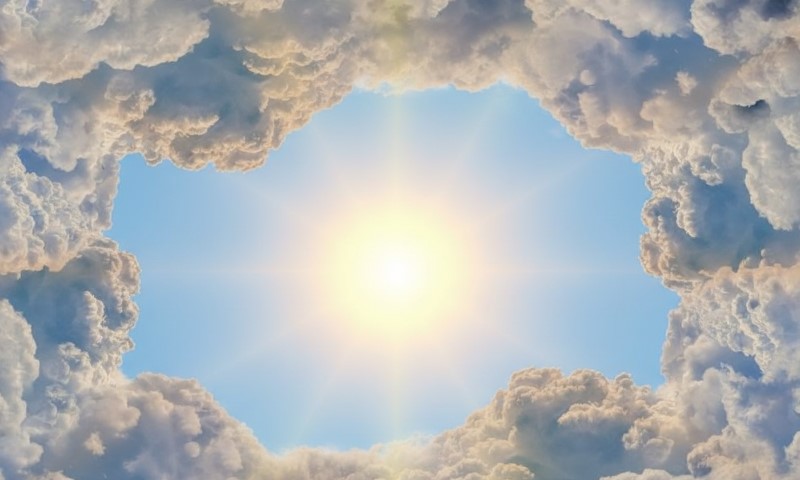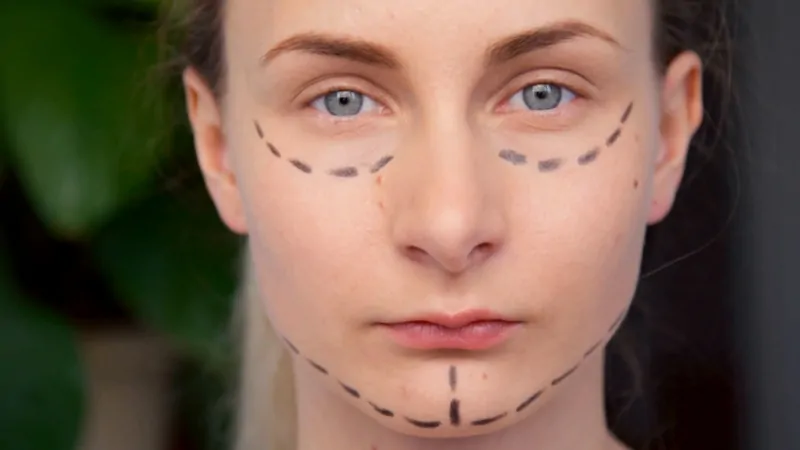The ozone hole over Antarctica in 2025 is officially the fifth smallest since 1992, a milestone NASA and NOAA scientists say reflects decades of global commitment to environmental protection.
Thanks to the Montreal Protocol and its long-term restrictions on ozone-depleting chemicals, Earth’s protective ozone layer continues its slow but steady recovery.
As someone who has followed climate and atmospheric science for years, I find it hard not to feel a sense of cautious optimism; the numbers finally point to long-term progress rather than temporary fluctuations.
Table of Contents
ToggleA Smaller Ozone Hole Signals Real, Measurable Progress
The ozone hole has been one of the most visible reminders of human impact on the planet. In 2025, that familiar dark “void” over Antarctica was noticeably smaller, one of the smallest in three decades. NASA scientist Paul Newman summarized the trend perfectly:
“As predicted, we’re seeing ozone holes trending smaller in area than they were in the early 2000s. They’re forming later in the season and breaking up earlier.”
This shift may sound technical, but it is deeply meaningful. A late-forming ozone hole means fewer weeks of severe thinning, and an early breakup limits the duration of harmful UV exposure. When I spoke with researchers who have been tracking these changes since the 1990s, several said the same thing: for the first time, the long-term healing trend feels undeniable.
The Montreal Protocol: The Global Agreement That Actually Worked
When the Montreal Protocol was signed in 1987, it was an act of rare international unity. Countries agreed to phase out chlorofluorocarbons (CFCs), halons, and other chemicals once widely used in refrigerators, air conditioners, and aerosol sprays — substances scientists had definitively linked to ozone destruction.
Nearly four decades later, the payoff is clear. According to NOAA senior scientist Stephen Montzka, concentrations of those chemicals in the Antarctic atmosphere have dropped by roughly one-third since their peak around 2000.
And the change has been dramatic. Before these bans, intense ozone thinning allowed more UV radiation to reach Earth’s surface, contributing to higher rates of skin cancer, cataracts, and ecosystem stress. Today, that damage is slowing and will continue to reverse throughout the century.
2025’s Maximum: Smaller, Earlier, and Less Intense
The 2025 ozone hole reached its maximum size on September 9, covering 8.83 million square miles. That is about 30 percent smaller than the record-large hole measured in 2006.
NASA’s Paul Newman offered an eye-opening comparison:
“This year’s hole would have been more than one million square miles larger if there was still as much chlorine in the stratosphere as there was 25 years ago.”
For anyone who grew up with frightening images of the ozone hole dominating climate conversations, myself included, this is powerful. The damage didn’t vanish, but the world stopped making it worse, and now nature is slowly repairing itself.
Atmospheric Conditions Helped Too: Weaker Polar Vortex, Warmer Temperatures
While reduced ozone-depleting chemicals did the heavy lifting, atmospheric conditions gave 2025 an extra push in the right direction. This year’s polar vortex, the frigid swirling system that forms over Antarctica, was weaker than usual. That kept stratospheric temperatures slightly higher, limiting chemical reactions that destroy ozone.
Meteorologist Laura Ciasto explained it clearly:
“A weaker-than-normal polar vortex this past August helped keep temperatures above average and likely contributed to a smaller ozone hole.”
In other words, human action created the long-term trend; weather patterns made this year’s result even better.
Tracking the Ozone Hole: From Satellites to Weather Balloons

Scientists continue to rely on both satellite imaging and high-altitude balloon measurements to monitor the ozone layer. NASA’s GEOS-5 model and Ozone Watch program provide detailed maps that show where ozone drops below 220 Dobson Units, the threshold for what researchers classify as the “hole.”
These measurements help determine not only the hole’s size but also how early it forms, how long it lasts, and its internal chemical structure, all essential for long-term climate and health predictions.
The Road Ahead: A Fully Healed Ozone Layer by the Late 2060s
Even with the good news of 2025, scientists emphasize that recovery is gradual. The ozone layer is not “healed,” but it is healing exactly as models predicted. If current trends hold, experts expect full recovery:
- in mid-latitudes by the 2040s
- in the Arctic by the 2040s–2050s
- over Antarctica by the late 2060s
As someone who remembers learning about the ozone hole in school as an “environmental disaster with no clear solution,” watching the world come together to fix it remains one of the most hopeful examples of global cooperation we have.
And perhaps most importantly, it proves something we rarely get confirmation of in environmental science:
Global action works when we actually commit to it.








